Old Masters for young students
ETH Zurich’s Collection of Prints and Drawings is celebrating its 150th anniversary this year. To mark this occasion, it is not only opening up its extraordinary collection and displaying selected treasures, it is also focusing on attracting a younger audience and intensifying collaboration with ETH researchers.
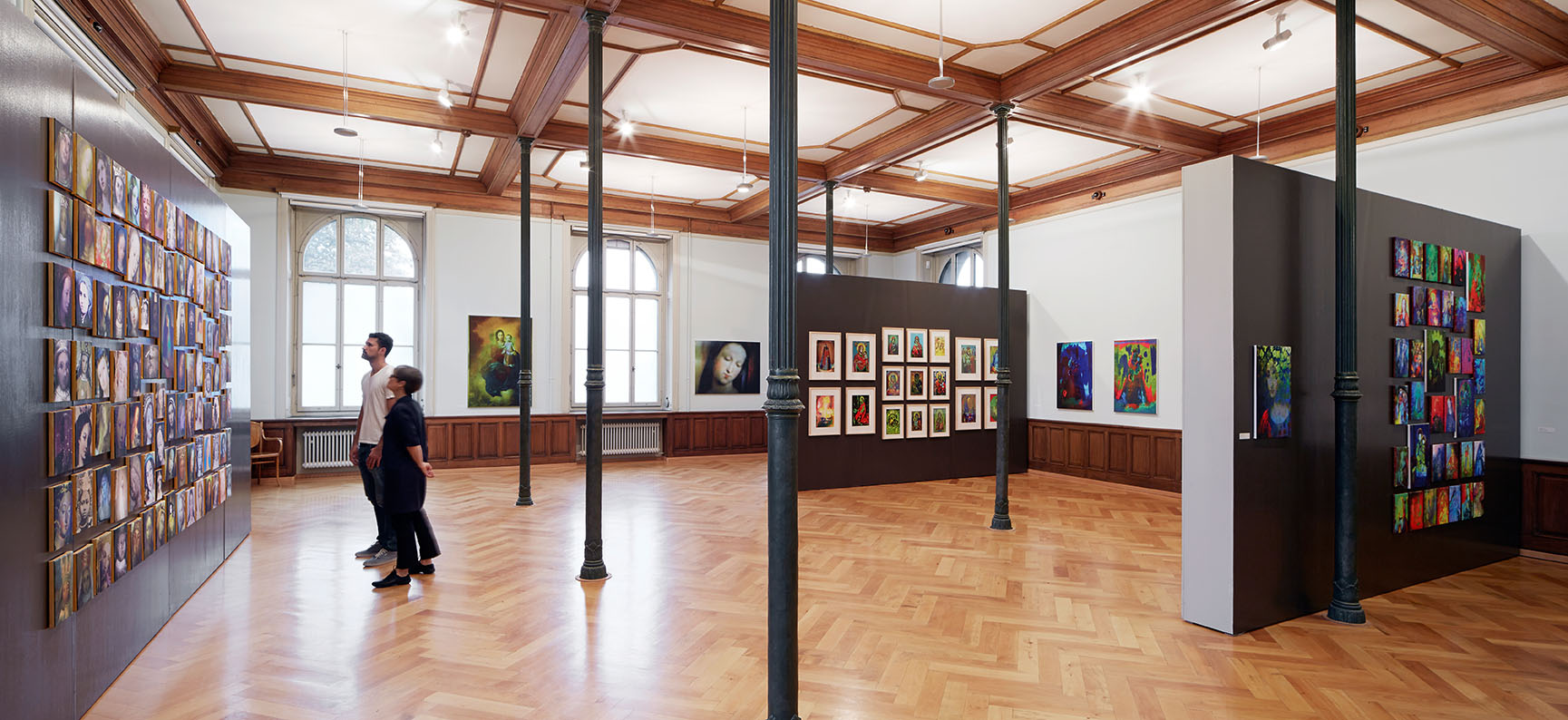
Not one, not five, but a total of 110 works by Pablo Picasso (1881-1973) can be found in the Collection. These are in part large-format sheets that are stored individually on acid-free cardboards and in passe-partouts. And this is only a small part of the inventory – over the course of its 150-year history, some 160,000 works have been collected. Alongside Pablo Picasso are countless works by other prominent artists such as Rembrandt and Goya as well as Warhol or Fischli/Weiss.
Art meant to inspire ETH students
Anyone with means in the middle of the 19th century started a collection. It is therefore no surprise that Gottfried Kinkel, then Professor of Archaeology and Art History, was able to convince the Executive Board of the just 12-year-old polytechnic to start a “collection of art on paper” in 1867.
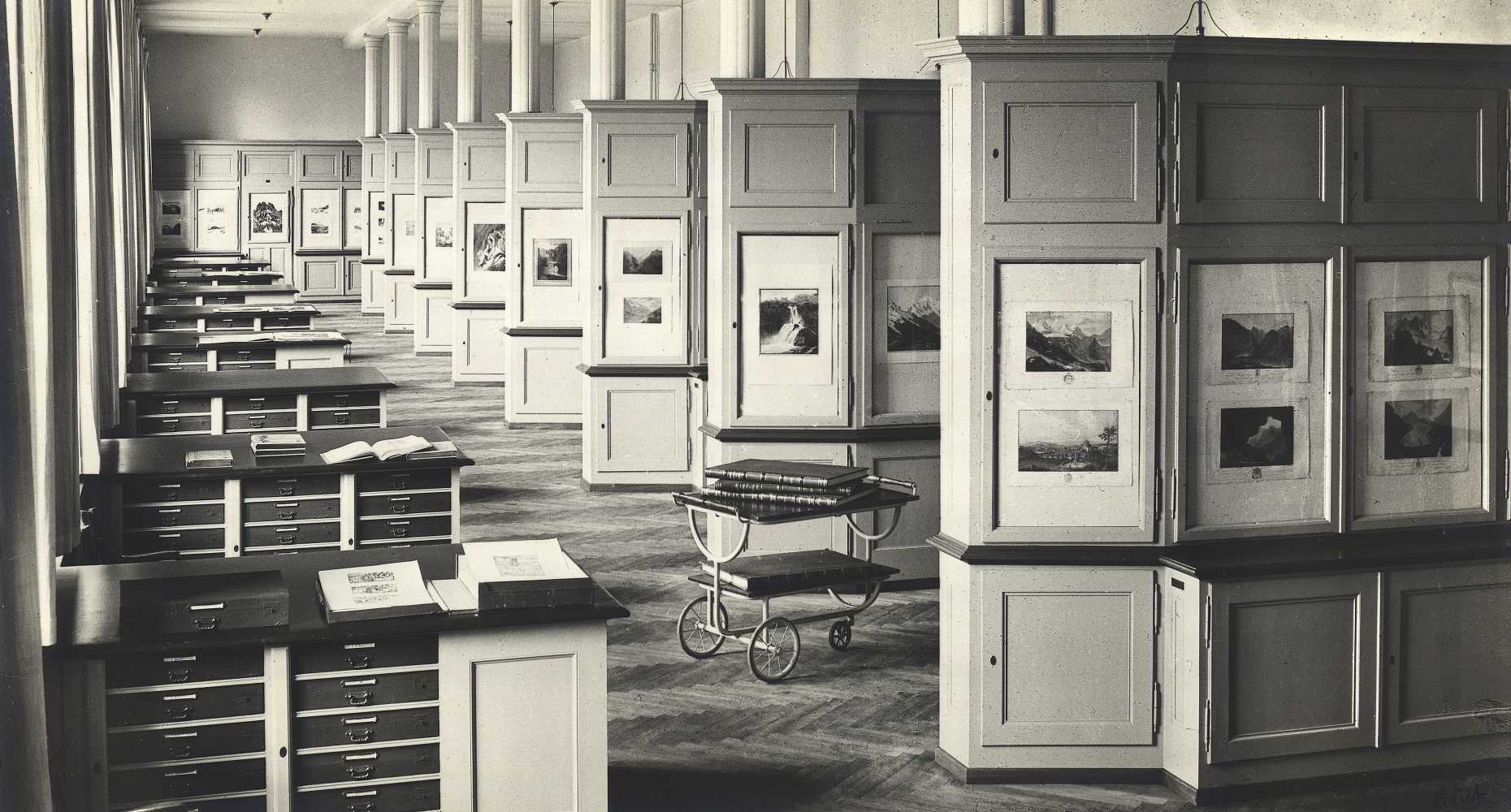
Professor Ulrich Weidmann, the Vice President currently responsible for the Collection of Prints and Drawings, praises the vision of his predecessor: “The fact that ETH Zurich can be responsible for a cultural asset of international importance 150 years later is a great privilege and one we are proud of.” Weidmann emphasises the value of such a collection for a university that seeks to offer young students as extensive an education as possible. “ETH Zurich is committed to critical, connected thinking – the humanities and social sciences are essential for this, which is why they have a long tradition at ETH. Art inspires and influences our thinking. As such it can provide an important stimulus, particularly for a university focused on technical and natural sciences,” Weidmann believes. In this sense, he is especially looking forward to the last exhibition commemorating the jubilee, which will be co-curated by students. This project epitomises how the Collection of Prints and Drawings will be opened to a younger audience in the future.
From woodcuts to birdhouses
The future of the collection has been in the hands of Linda Schädler, Head of the Collection of Prints and Drawings, since 2016. The tremendous breadth of the collection is said to be impressive, from the coloured woodcut Madonna of Ears by Firabet von Rapperswil (active from 1440-1480) to the most recently acquired piece, a birdhouse by artistic duo huber.huber. “Many people are completely unaware of how many treasures are stored in our collection,” says Schädler. She would like to use the jubilee year to make the Collection of Prints and Drawings better known to wider sections of the population. For this, it is important to open it up, search for dialogue and pursue collaborations, as well as to change the perspective every now and again. This includes connecting the Collection of Prints and Drawings, which is part of the ETH library, more closely to teaching and research at ETH. “It is precisely something like a graphic collection that offers answers to the numerous questions that are also important and relevant to researchers of natural sciences,” says Schädler with conviction. Examples include coincidence in the artistic or scientific context, or reproduction in graphic prints and biology. She is particularly focussed on increasing awareness of the Collection’s modern and contemporary works. Opening, cooperation and the focus on the present are combined perfectly in the new exhibition in the jubilee year, which is being shown under the title Eternal Present in both the Collection of Prints and Drawings and the Helmhaus.
Selected treasures from the Collection of Prints and Drawings
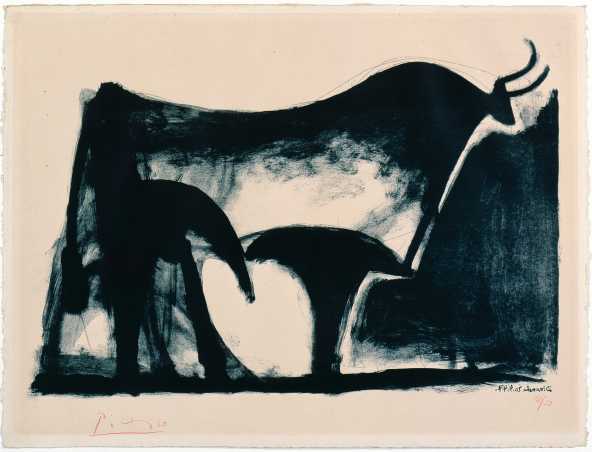 Maria im Ährenkleid, Meister Firabet von Rapperswil, around 1470 (Image: Graphische Sammlung ETH Zurich / Gottfried Keller-Stiftung)
Maria im Ährenkleid, Meister Firabet von Rapperswil, around 1470 (Image: Graphische Sammlung ETH Zurich / Gottfried Keller-Stiftung)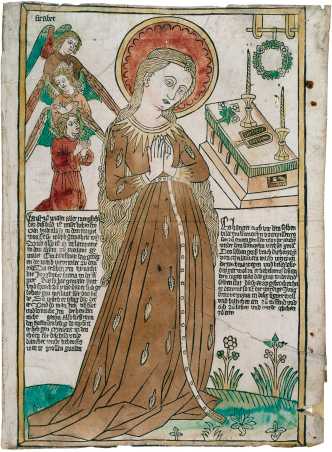 Anthology of etchings, Jacques Callot, 1770-1780 (Image: Graphische Sammlung ETH Zurich)
Anthology of etchings, Jacques Callot, 1770-1780 (Image: Graphische Sammlung ETH Zurich)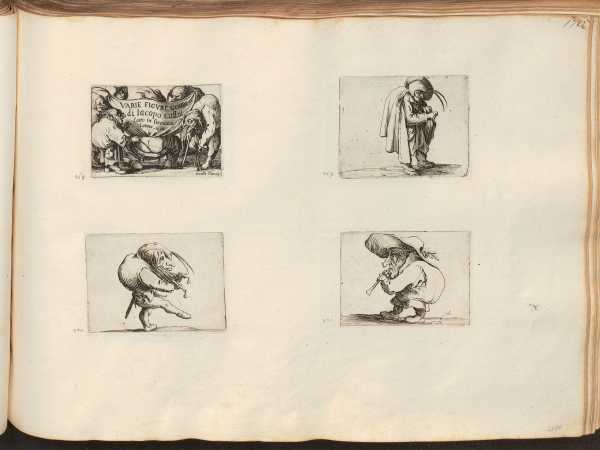 Le mensonge, Félix Vallotton, 1897 (Image: Graphische Sammlung ETH Zurich)
Le mensonge, Félix Vallotton, 1897 (Image: Graphische Sammlung ETH Zurich)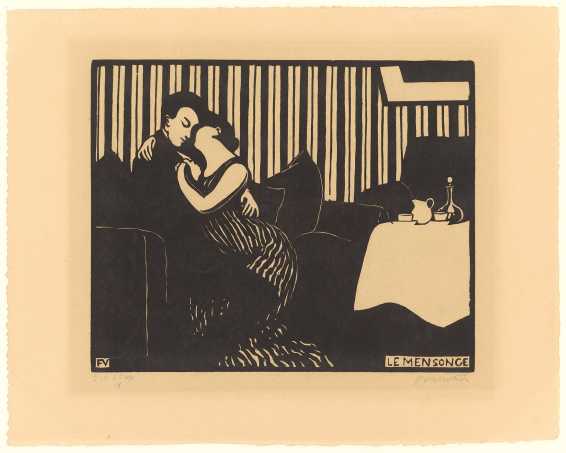 Adam and Eve, Albrecht Dürer, 1504 (Image: Graphische Sammlung ETH Zurich)
Adam and Eve, Albrecht Dürer, 1504 (Image: Graphische Sammlung ETH Zurich)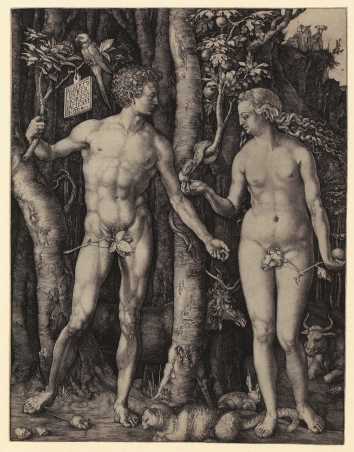
Rarities and Old Masters as gifts
The Collection of Prints and Drawings owes a few special works of art to generous donors. A particular gem is a collection containing the work of etcher Jacques Callot (1592-1635) from the 18th century, which came to ETH as a gift from a Zurich heiress in 2005. It has since become a rarity and vividly demonstrates how prints were once pasted into albums and valuable bound books. Such evidence of an earlier passion for collecting were often subsequently taken apart by the art trade so they could gain more profit on a sale. Incidentally, the Collection of Prints and Drawings owes its most valuable gift to date to Heinrich Schulthess-von Meis (1813-1898).The Zurich banker was especially interested in the graphic works of the Old Masters, and after his death bequeathed 12,000 prints to the Collection of Prints and Drawings, including works by Schongauer, Dürer, and Rembrandt.
Collection of Prints and Drawings ETH Zurich
With its first-class art collection, the Collection of Prints and Drawings at ETH Zurich is one of the largest and most important of its kind in Switzerland, enjoying international acclaim. Since it was founded in 1867, it has grown far beyond the original scope of a university collection as the result of regular purchases and numerous gifts. In addition to a main focus on the Old Masters, it also includes sizeable groups of works comprising Swiss prints and drawings from the 19th to the 21st century. As a part of ETH Zurich, it is important to the Collection of Prints and Drawings to promote the scientific development, research and digitalisation of its inventory, and to encourage interdisciplinary questions.
Jubilee programme
Over the course of the jubilee year, exhibitions and a varied accompanying programme are planned under the motto A Different Point of View. The current exhibition Eternal Present grew out of a co-production with the Helmhaus Zurich. The exhibition in May is a joint project with the Institute for the History and Theory of Architecture (gta), which is also celebrating its 50th anniversary. Young Swiss artists have their turn at the third exhibition, which opens in mid-August. Students of the university and ETH Zurich will then co-curate the last exhibition of the jubilee year.
